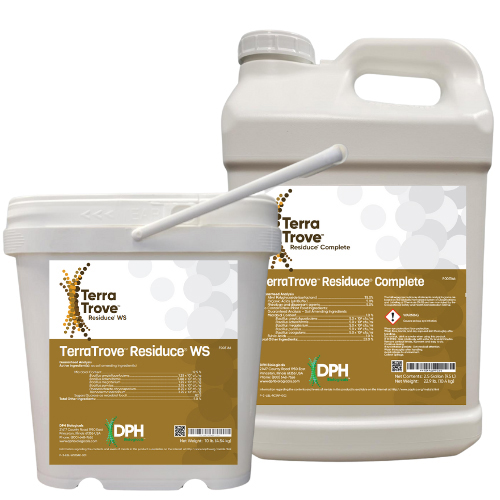Survival Of Soybean Rhizobia In Soil
Trending dry weather has given cause for worry about many areas of crop production. On a recent trip to Ukraine, it became obvious that high soil temperatures and dry surface conditions there have greatly reduced rhizobia populations. This is a country where soybeans are only recently being established, first year soybeans even with inoculants applied are suffering from lack of nitrogen due to the lack of rhizobia development. While we in Ohio have a long relationship with soybean and rhizobia, conditions this year may lead to concerns for next year.
Soybean rhizobia bacterial cells survive best when they are in a moist soil environment and an ambient soil temperature of 40-80 degrees F.
Either a very dry soil environment or a very hot soil environment causes the rapid death of rhizobia cells and the combination is lethal. Therefore, we would expect a reduction in the population of residual soil rhizobia cells in many Midwestern soybean fields due to those soil conditions.
Although many cells will survive in extreme environmental conditions, those cells may have evolved into survival mode and will have lost much of their potential to provide nitrogen to soybean plants.
That means the surviving rhizobia population will likely be less productive next year than in previous years. That reduced productivity should translate into increased yield responses to inoculating soybeans and other legume seeds going forward.
SOURCE: The Ohio State University C.O.R.N. Newsletter






